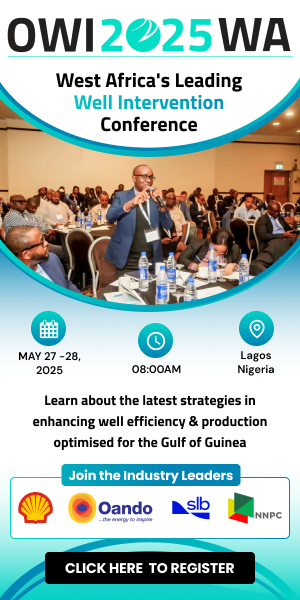
Empower and AFRIGREEN partner to fund 26 solar and battery storage systems for Justrite stores across Nigeria
AFRIGREEN Debt Impact Fund has joined forces with Empower New Energy in a new debt financing initiative that will enable the rollout of at least 26 commercial-scale solar and battery storage systems across Nigeria
The initiative will deliver more than 8,000 MWh of clean energy each year to Justrite Superstores, reducing energy costs, creating jobs, and cutting approximately 4,000 tonnes of CO₂ emissions annually.
This collaboration sees AFRIGREEN—operated by RGREEN INVEST and advised by ECHOSYS INVEST—providing long-term senior debt to finance Empower’s solar energy portfolio in Nigeria. The partnership reflects a shared commitment to accelerating clean energy adoption and advancing sustainable development on the continent.
The first stage of the financing will support solar rooftop systems and battery storage units that have already been installed by Empower and its local implementation partner, Powercell, for Justrite Limited. These installations aim to deliver stable, cost-effective power while reducing reliance on fossil fuels and supporting Nigeria’s broader renewable energy goals.
Founded in 2001, Justrite has grown from a modest outlet with just two employees into a leading Nigerian retail chain, now boasting 22 purpose-built stores, over 900 staff, and a retail footprint exceeding 20,000 square metres.
“We are excited to collaborate with Empower in delivering impactful renewable energy projects in Nigeria,” said Olivier Leruste, managing partner at ECHOSYS INVEST. “This financing exemplifies AFRIGREEN’s role in accelerating the deployment of solar energy solutions for commercial and industrial companies in Africa. Empower and Justrite are showcasing the economic and environmental benefits that solar with battery storage can bring to Nigerian businesses.”
Empower New Energy’s CEO, Terje Osmundsen, added, “This agreement with AFRIGREEN Debt Impact Fund is a significant milestone in our mission to expand access to clean energy across Africa. By supporting projects like the Justrite solar rooftops with battery storage, we are not only reducing carbon emissions but also improving energy security and lowering electricity costs for businesses.”
Justrite founder and chairman, Ayo Aderinwale, emphasised the company’s commitment to sustainability. “Optimising our buildings to provide solar energy with storage is a vital part of our journey to build the most sustainable and future-proof grocery chain in Nigeria.”
Also read: Harnessing rooftop solar for global energy revolution



















